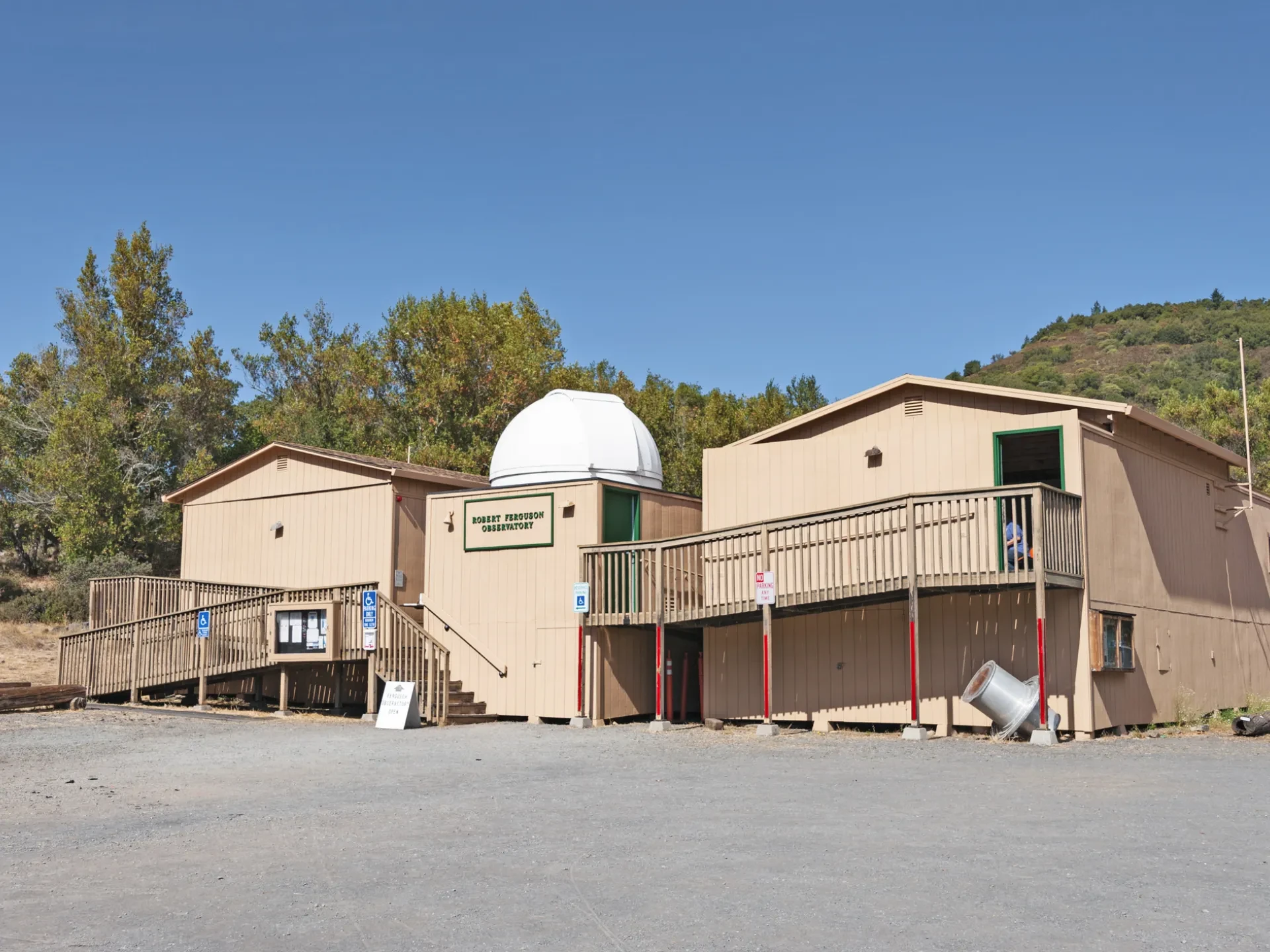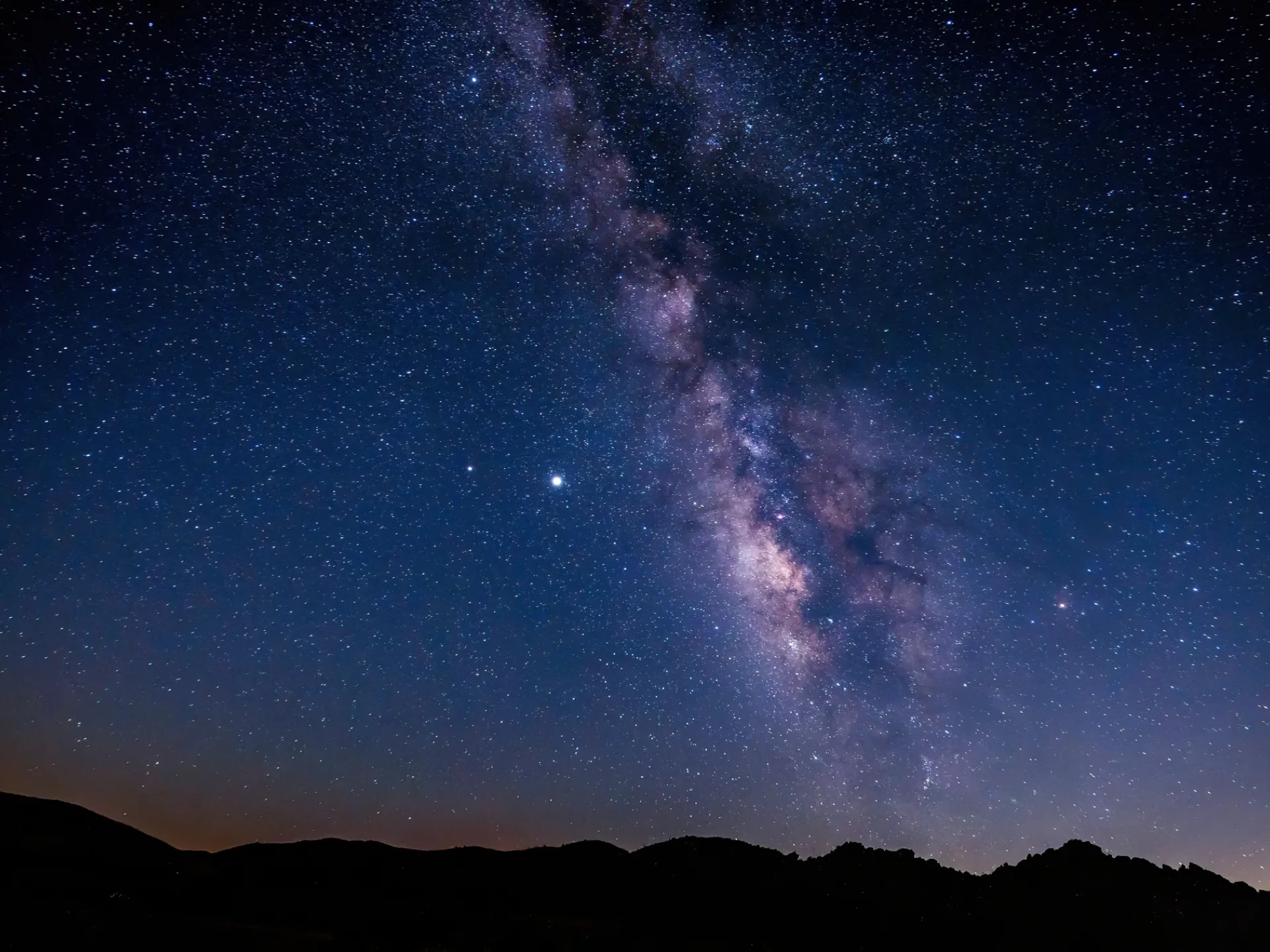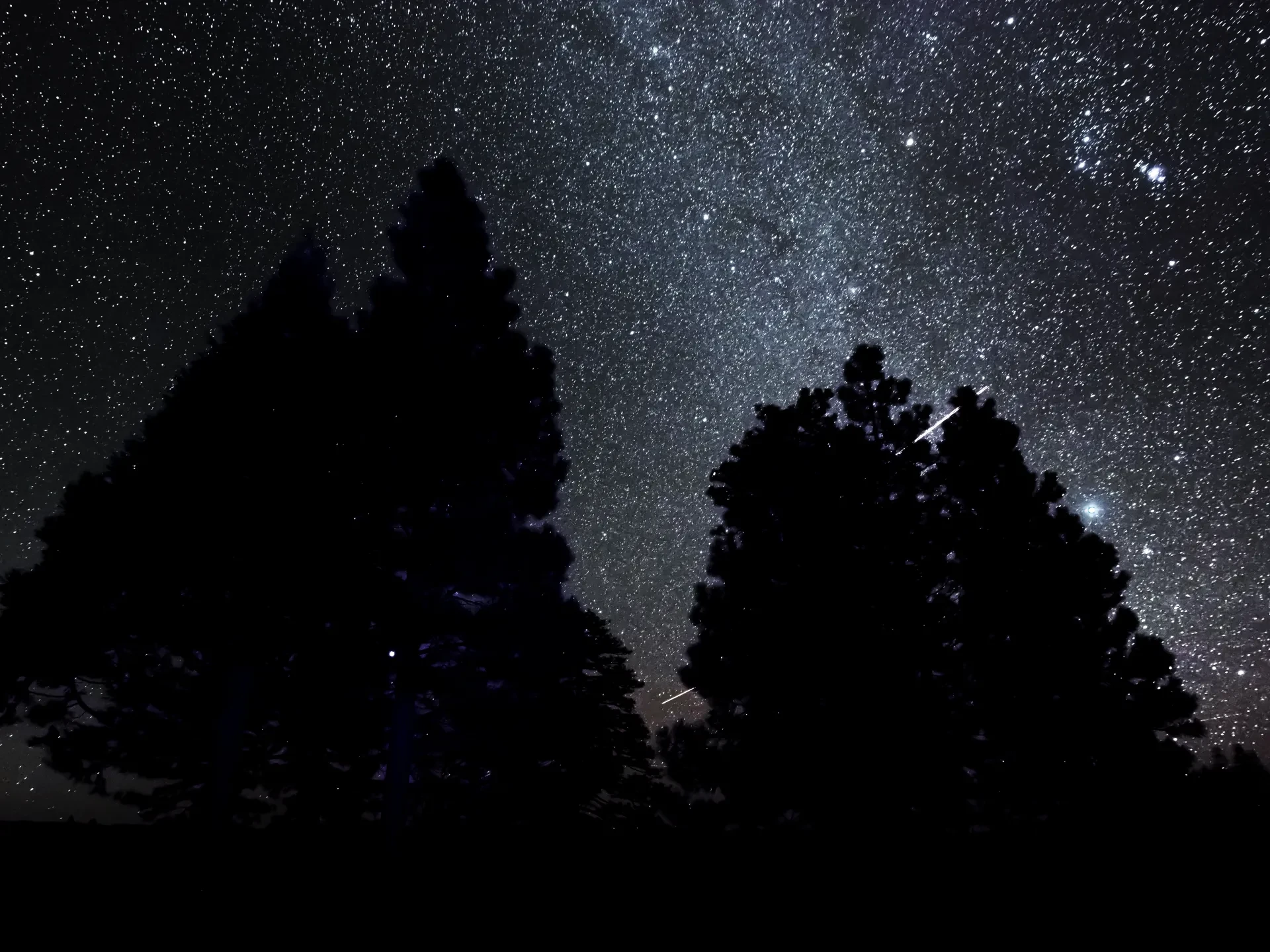In California’s state parks, it’s not only the early birds who get the worm. Night owls can enjoy the beauty of nature too! Although much of California’s iconic natural beauty isn’t visible (or safe to explore) during the night, state parks offer ample opportunities to enjoy views of the stars, moon, and planets that may not be as visible at home. Whether you’re planning a trip to a park during a special event such as a meteor shower or you simply want to enjoy stargazing on an upcoming weekend, here are a few stellar state park experiences that you should add to your upcoming travel plans.
Visit a public observatory at Fremont Peak State Park or Sugarloaf Ridge State Park.
Both state parks are within a two-hour drive from the San Francisco Bay Area, Fremont Peak State Park and Sugarloaf Ridge State Park offer exceptional conditions for stargazing at in-park observatories. If you plan to visit either observatory, it is recommended that you arrive before sundown so that car headlights do not impact the quality of stargazing. Pro tip: both parks have campgrounds, so you can reduce your commute and plan to stay at the park!
- Fremont Peak State Park is 45 miles south of San Jose, east of Monterey. The observatory sits at an elevation higher than the coastal marine layer of clouds, which often rises, reducing light pollution from the surrounding urban area. Programming at the observatory is run by the Fremont Peak Observatory Association (FPOA). FPOA offers both evening and daytime programs (using a special sun telescope to view features on the sun's surface safely). View their schedule for dates and more information.
- Sugarloaf Ridge State Park, nestled in the hills, is home to the Robert Ferguson Observatory (named after a Sonoma County amateur astronomer) which is the largest observatory in the western United States dedicated solely to public programming. The park is located in the Mayacamas Mountains (which divide the Sonoma and Napa Valleys) — these mountains protect against light pollution from the nearby San Francisco Bay Area. The Valley of the Moon Observatory Association holds many events at the observatory. View their schedule for more information.
Visit an International Dark Sky Park at Anza-Borrego Desert State Park
Anza-Borrego Desert State Park encompasses approximately 650,000 acres of diverse ecosystems in southern California, and two-thirds of the park is designated as wilderness, meaning there’s very little visible human impact to that part of the park. Although it’s only three hours away from the gigantic Los Angeles metropolitan area, this park was certified as an International Dark Sky Park by the International Dark-Sky Association due to the remote nature of the park and the park’s action to retrofit light fixtures with dark-sky friendly amber lights. Visitors to Anza-Borrego Desert State Park can enjoy broad night sky vistas as well as night sky interpretive stargazing and moon-watching programs (check with the park for a current calendar of events.)
Take part in a community-based astronomy society at Mount Diablo State Park
The view from atop Mount Diablo is unparalleled. From the summit, one can see parts of 40 of California’s 58 counties. After dark, the view is just as special, since the mountain rises higher than the lights of the surrounding San Francisco Bay Area, reducing light pollution and providing visitors an unobstructed view of the night sky. Mount Diablo Observatory Association runs an astronomical observatory and regularly holds events with its sister organization, Mount Diablo Astronomical Society.
Note: Nearby Mount Tamalpais State Park boasts an astronomy program as well, although programs have been virtual (on YouTube) since 2022.
Host your own self-guided stargazing or join a ranger-led program
Planning an excursion to any of these state parks is sure to provide moments of wonder. However, if you’re planning to camp in another state park, you can likely also enjoy a stargazing experience to remember. Many state parks offer ranger-led campfires and other nighttime programs that include stargazing or star talks. Check with each park for more details on their calendar of events. Additionally, all one needs to marvel at the night sky is a clear, dark night. On your next camping trip, if the conditions are right, simply turn off your flashlights and lanterns, find a comfortable chair or blanket, and look up!


